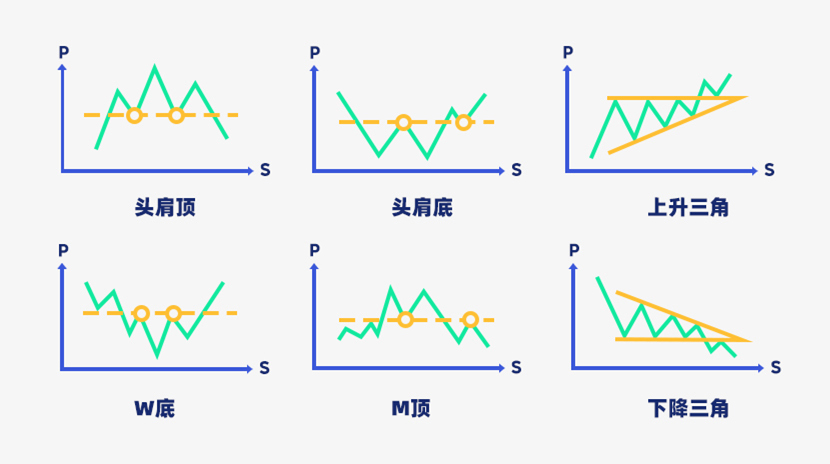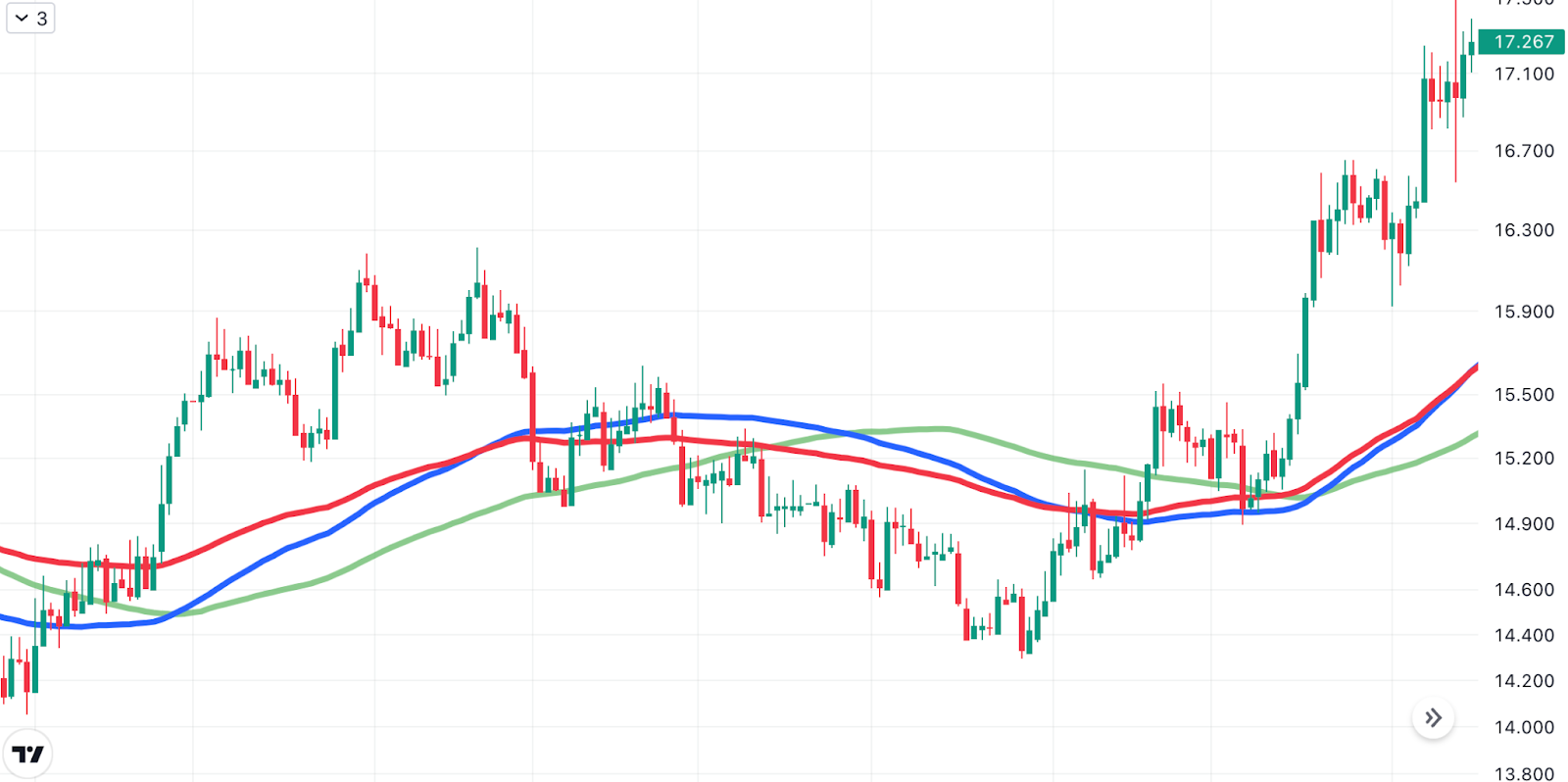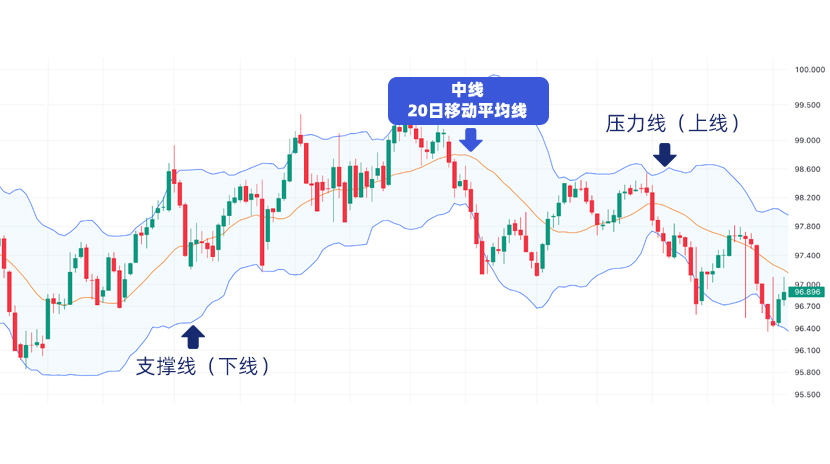By analyzing the past, one can understand the future, searching for the patterns of price fluctuations and the codes of wealth in a capricious and changing market.
Technical analysis is a method that reviews past price trends and various trading data histories to find patterns in price changes within the trading market, thereby predicting future trends and changes. Unlike fundamental analysis, which needs to evaluate market prices from multiple levels and different angles, the focus of technical analysis is relatively simple, primarily observing price behaviors in the market and calculating various indicators derived from substantial trading data.
History of Technical Analysis
The origin of technical analysis dates back hundreds of years to human observations of the financial markets. In 18th century Japan, there were already individuals using technical analysis for trading. It is said that a rice merchant named Homma Zongyu recorded daily opening prices, highest prices, lowest prices, and closing prices of rice in the market, and invented the candlestick chart, which is now widely used in stock, futures, and cryptocurrency markets. However, a more systematic theory of technical analysis gradually took shape in the 19th century when Charles Dow brought together the contributions of several researchers and proposed the famous Dow Theory. The Dow Theory can be considered the foundation of all technical analysis, judging future trend directions based on prior price changes and trading volumes. Technical analysis is usually presented in charts, and after a long period of evolution, modern technical analysis now includes hundreds of chart patterns and indicators.
Principles and Assumptions of Technical Analysis
There are three very basic assumptions in the study of technical analysis:
1. All market information will ultimately be reflected in prices, and the market is highly efficient, with prices acting like a mirror, reflecting the effects of different news factors on price fluctuations in real-time.
2. Even within seemingly random market price behaviors, identifiable patterns and trends can still be found, and prices are easily influenced by past trends, continuing their direction.
3. Due to the psychological expectations of market participants, history tends to continuously repeat cycles, causing prices to exhibit certain periodicity and trend direction without sudden changes.
Based on the above arguments, researchers in technical analysis believe that as long as the patterns hidden in historical prices are identified, future market price trends can be predicted.
Application of Technical Analysis
When using technical analysis, discussions are generally divided into two different categories: patterns and indicators. When price patterns change, specific shapes will be depicted on the candlestick chart, such as head and shoulders tops, head and shoulders bottoms, W bottoms, M tops, ascending triangles, descending triangles, etc. Different patterns can identify key price zones to serve as references for trading. In the terminology of technical analysis, these key price areas are commonly referred to as support and resistance.

Judging support and resistance is quite important for traders using technical analysis; these price ranges are usually accompanied by significant amounts of capital turnover and are one of the bases for determining trend formation or reversal. Encountering resistance in a rising market may lead to a reversal downwards, while encountering support in a falling market may lead to a rebound, allowing traders to choose to buy long when prices approach support levels and sell short when prices approach resistance levels.
Taking the common W bottom pattern as an example, after a rebound following a decline breaks through the previous high point, the price range of the previous high point forms a key support level, indicating that the selling pressure in that area has been fully exhausted and turned into buying pressure, which is bullish for the future market; conversely, the M top is exactly the opposite: after an uptrend, a pullback breaks below the previous low point, causing the price range of the previous low point to form a key resistance level, indicating that the buying pressure in that area has been fully exhausted and turned into selling pressure, which is bearish for the future market.
The indicators of technical analysis use statistical methods to study historical trading data, summarizing mathematical formulas used to predict future market conditions. They can be categorized into trend indicators, oscillating indicators, and volume indicators based on the variables used, and into short-term, medium-term, and long-term indicators based on the applicable time range.
A convenient and commonly used indicator is the moving average. The moving average is calculated based on historical prices over a specified period and can be viewed as the price trend over a past period. Depending on whether price weights are applied, moving averages can be divided into unweighted simple moving averages (SMA), exponentially weighted moving averages (EMA) that give more importance to recent prices, and weighted moving averages (WMA), which use weights on recent prices to highlight deviations in trends and potential trend reversals.

(Refer to the diagram, green line = 100 SMA, red line = 100 EMA, blue line = 100 WMA)
The Relative Strength Index (RSI) is also a commonly used indicator that standardizes the magnitude differences between price increases and decreases through a series of mathematical calculations, resulting in a value range of 0 to 100. In a bullish market where price increases exceed price decreases, the RSI value will be higher; conversely, it will be lower in bearish markets. Generally, an RSI above 70 is considered an indication of a hot market, while an RSI below 30 indicates a cold market with potential overselling.
Some indicators are derived from the calculations of other indicators, such as the Moving Average Convergence/Divergence (MACD) indicator, which calculates the price difference of two different time period exponential moving averages to form the MACD line (fast line). The exponential moving average used to calculate the MACD line shows the changing trend of the MACD line, also known as the signal line (slow line). Subtracting the value of the signal line from the MACD line gives the MACD histogram. When the MACD line crosses above the signal line, it indicates that the recent exponential price difference is positive and above the average, signaling a bullish trend; conversely, when the MACD line crosses below the signal line, it indicates that the recent exponential price difference is negative and below the average, which is a common pattern in bearish markets.

Bollinger Bands (BB) is also a popular technical indicator among many traders, combining the concept of moving averages and standard deviations to illustrate the potential price range on candlestick charts. The specific approach is to use the simple moving average of the past n prices as the center, and then calculate the standard deviation of these n prices, extending m standard deviations upward and downward as boundaries. The characteristic of Bollinger Bands is that when prices oscillate back and forth along the moving average, statistical methods can be used to calculate the probability of different prices occurring. Under normal distribution, approximately 95% of values fall within two standard deviations from the center value. When prices approach the upper or lower edges of the Bollinger Bands, it typically indicates a significant deviation from the mean, potentially signaling a buying or selling opportunity.

If you do not want to perform complex calculations, drawing trend lines is also a simple method of analyzing market conditions. In an upward trend, there will be continuously rising local low points (Higher Low); drawing a line connecting two or more local low points forms an uptrend line, and the price may continue to rise before breaking below the uptrend line. Conversely, in a downward trend, there will be continuously lowering local high points (Lower High); connecting two or more local high points can draw a downtrend line, and the price may continue to fall before breaking above the downtrend line.

Limitations of Technical Analysis
Although technical analysis is quite fast and convenient to use, there are still some limitations that require attention. First, it is essential to understand that technical analysis is merely a tool, and it is the user who interprets the market conditions. Therefore, the results derived from technical analysis are often quite subjective, mixed with personal positions and biases. The same technical indicators analyzed by different individuals may yield two entirely different perspectives. Conversely, technical analysis may also create a self-fulfilling prophecy. When many participants in the market use the same method for trading, it can cause prices to converge toward the collective expectations; however, this has no bearing on the correctness of the technical analysis theory. Additionally, technical analysis overlooks many elements of fundamental analysis and its models are based solely on historical data statistics, unable to eliminate the possibility of exceptional events occurring. Regardless of how thorough the analysis is, there will still be blind spots, and there is no guarantee of infallibility. When using technical analysis, one must understand its limitations to avoid being misled by the tool and incurring losses.
Conclusion
From traditional finance to cryptocurrencies, from short-term speculation to long-term value investment, how to profit in the ever-changing financial markets has always been a topic of interest. Although technical analysis is not as objective and comprehensive as fundamental analysis, and its arguments regarding efficient markets and the future as an extension of history are often criticized, its cross-disciplinary versatility and convenience in information interpretation have made this discipline enduring, still in use by many traders and investment institutions today. Viewing technical analysis as a supplementary tool alongside fundamental analysis is a more appropriate approach to enhance asset management performance and financial results.


